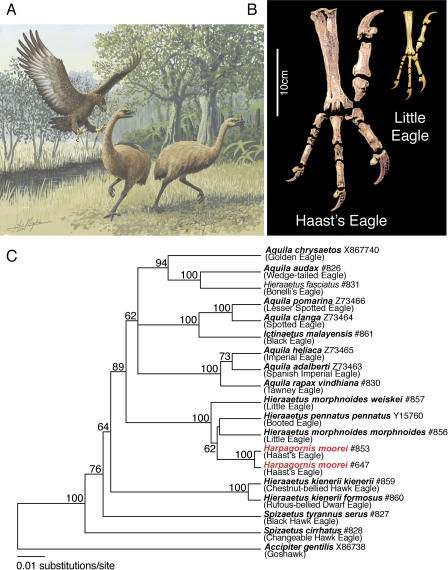Figure 1. Images and Phylogenetic Analysis of New Zealand's Extinct Giant Eagle, H. moorei .
(A) An artist's impression of H. moorei attacking the extinct New Zealand moa. Evidence of eagle strikes are preserved on skeletons of moa weighing up to 200 kg. These skeletons show the eagle struck and gripped the moa's pelvic area, and then killed with a single strike by the other foot to the head or neck. (Artwork: John Megahan.)
(B) Comparison of the huge claws of H. moorei with those of its close relative the Hieraaetus morphnoides, the “little” eagle. The massive claws of H. moorei could pierce and crush bone up to 6 mm thick under 50 mm of skin and flesh.
(C) Maximum-likelihood tree based on cyt b data (circa 1 kb), depicting phylogenetic relationships within the “booted eagle” group. Extraction numbers or GenBank accession numbers are shown along with taxa name. Harpagornis moorei (red) groups exclusively with the small Hieraaetus eagles, and genetic distances suggest a recent common ancestor about 0.7–1.8 million years ago (early to mid Pleistocene). The tree uses an HKY + Γ4 + I likelihood model enforcing a molecular clock; maximum-likelihood bootstrap consensus values greater than 60% are shown.

